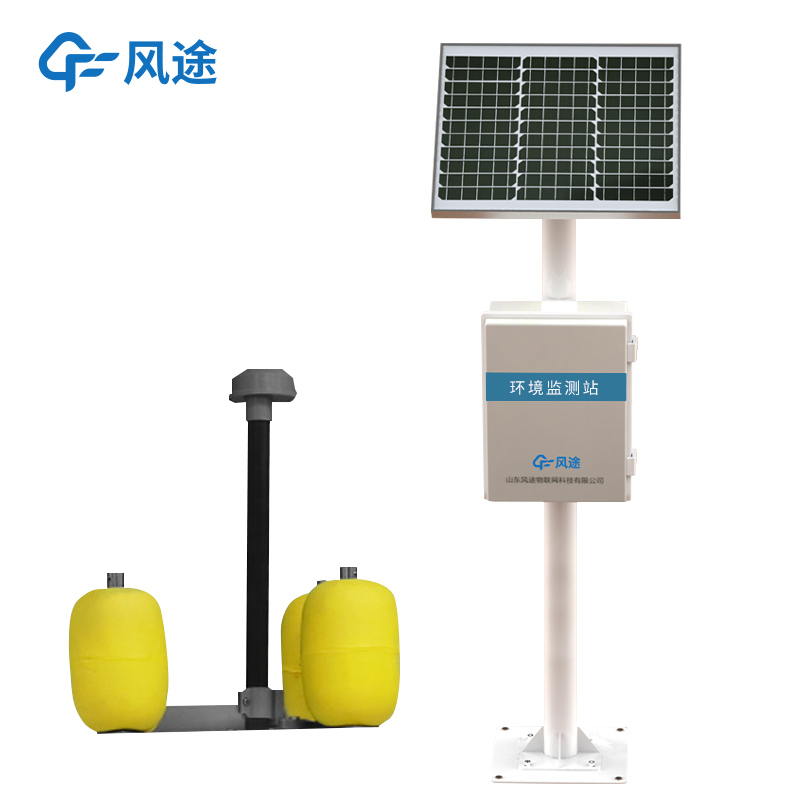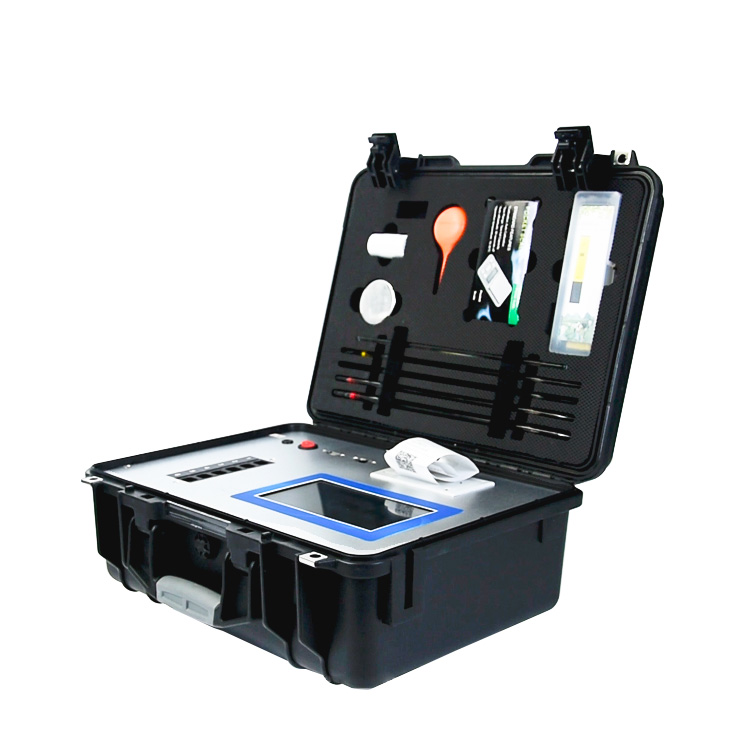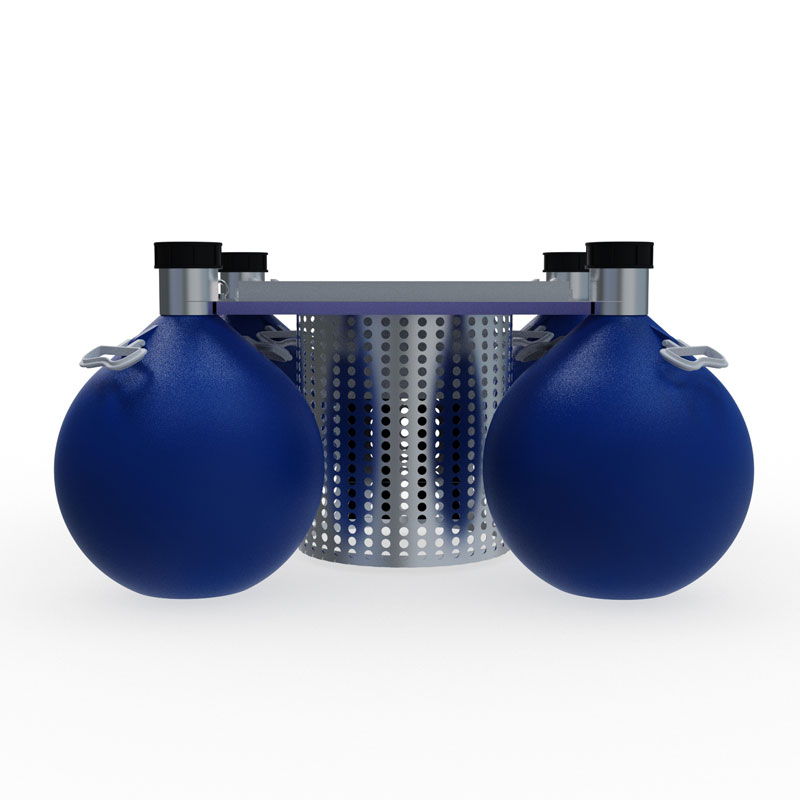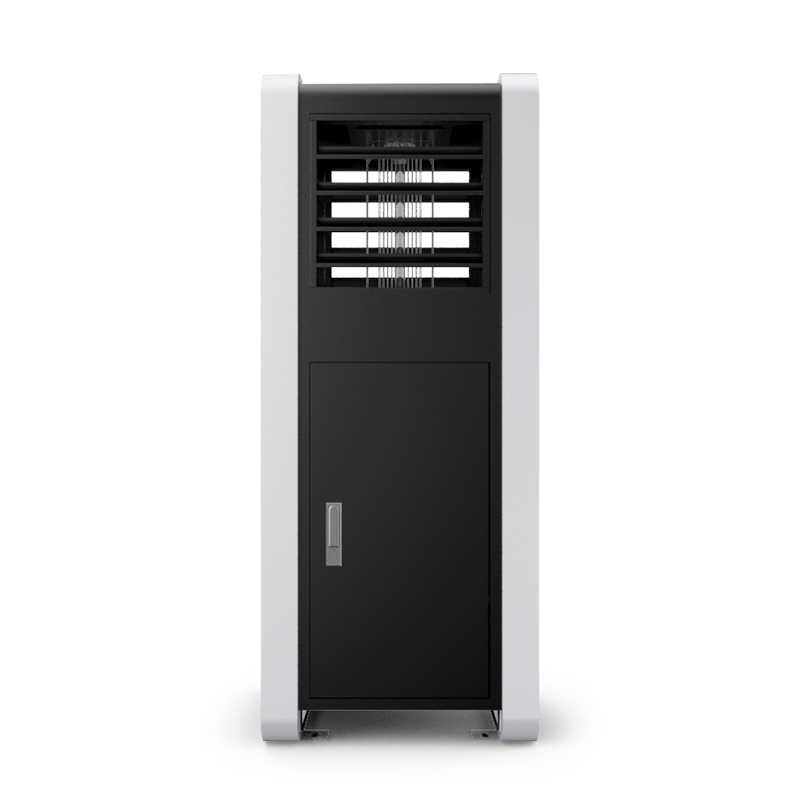In today's society, water quality safety is closely related to people's daily lives and the ecological environment. From the drinking water in daily life to the water used in industrial production, and then to the ecological protection of natural water bodies, high-quality water is a key element.
Traditional water quality detection methods mostly adopt the mode of on-site sampling followed by laboratory analysis. This method has many drawbacks. For example, it is inefficient, and it often takes a long time from sampling to obtaining the results. The detection cycle is long, making it difficult to meet the demand for real-time water quality monitoring. The cost is high, involving expenses such as sampling equipment, transportation, laboratory reagent consumption, and equipment wear and tear. Especially in some sudden water pollution incidents, the traditional detection method cannot provide timely data support, resulting in a lag in response measures, which may cause serious consequences. With the increasing attention paid to environmental issues and the growing demand for real-time water quality monitoring, rapid water quality detection technology has emerged as an important means to ensure water quality safety.
The IoT Water Quality Monitoring Station, which has been developed based on the demand for rapid water quality detection, is an intelligent device that integrates sensor technology, Internet of Things (IoT) communication technology, and data analysis and processing technology. Its core components are various high-precision sensors, such as BOD water quality sensors, online COD sensors, residual chlorine water quality sensors, water quality pH sensors, and conductivity sensors. These sensors can monitor key indicators in water quality in real time and accurately, such as BOD concentration, chemical oxygen demand, residual chlorine content, pH value, and conductivity. Moreover, through communication technologies such as NB-IoT, LoRa, 4G/5G, etc., the data can be wirelessly transmitted to the cloud or a remote control center, solving the problem of data acquisition in remote water areas.
On the cloud or local server, by using big data analysis technology and machine learning algorithms to analyze and process the data, it is possible to uncover the patterns, trends of water quality changes, and the correlations between parameters, accurately evaluate the water quality status, and automatically identify abnormalities and issue warnings by setting thresholds and algorithms. The staff can remotely log in to the IoT platform to check the running status of the equipment, set parameters, and control the equipment, realizing remote monitoring.
The IoT Water Quality Monitoring Station can be integrated with business systems in multiple fields and is widely applied in fields such as environmental protection, water conservancy, aquaculture, and urban water supply. It provides personalized services according to the needs of different users.

This paper addresses:https://fengtusz.com/industry/714.html









